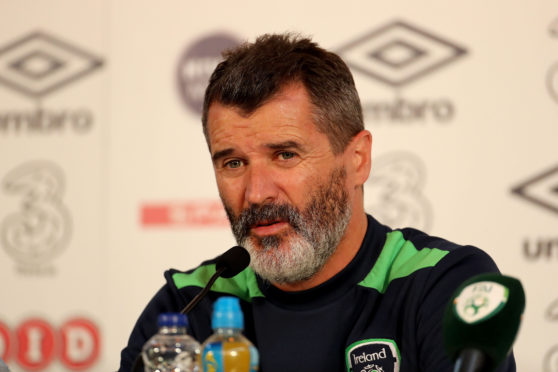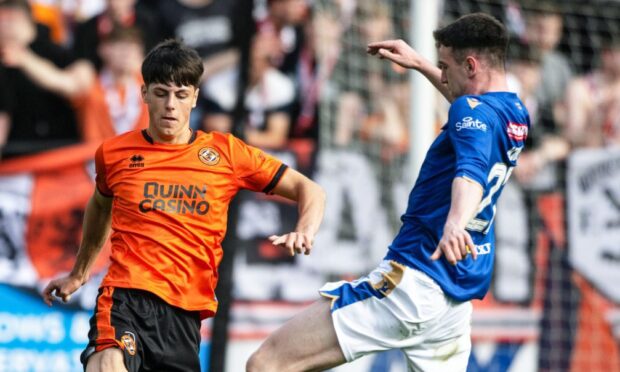Top football players shouldn’t be pressured into taking pay cuts.
Roy Keane defended the big earners this week and he’s right.
The growing demand from some quarters that top players alone should voluntarily accept a cut in wages is ridiculous.
In most societies, we have a system which differentiates wages of groups of workers or individuals.
We may well think that football players are hugely overpaid, but that is a different thing from expecting them to voluntarily agree to a change in their contractual terms, to quell a misguided sense of anger at their good fortune.
Taking a wage deferral in these unique circumstances may be a fair request, but not wage cuts, which are a different thing.
To use this current economic maelstrom to attempt to slash player wages is out of order and players should resist any such attempts to shame them into accepting this blackmail.
Civilised society rests on the legal concept of contract, with folk making a bargain and sticking to its terms.
The huge clubs in England and elsewhere are backed by multi billionaire investors – if they feel sanctimonious enough to ask players to take a hit in the pocket, they should start with their own bank balances first.
We shouldn’t be distracted by the number of zeros on the end of a football player’s salary, those numbers are a result of a freely-entered-into bargain between consenting parties.
Many players are already, either publicly or privately, generous in their commitments to less fortunate folk. But even if they weren’t, that’s their business.
Arbitrary moral judgments singling out football players are cheap shots.
I wonder too if there’s a touch of class politics in play here.
Football players, mainly from a working background, earning seven-figure salaries can be an easy target for those who regard themselves as eminently over qualified but underpaid.
If we want to change society so that some folk don’t earn vast sums while others earn a pittance, that’s a political decision.
But Keane is right that players should not be pressured to accept wage cuts, a call which appears to be motivated by sheer jealousy.
The ‘are football players overpaid argument?’ isn’t a valid one here.
For starters the vast majority of them are not.
Certainly in Scotland the bulk of players don’t come close to the super-rich category but even that is irrelevant.
Top players earn their big money as a result of big broadcast TV deals, with all the advertising revenue that brings in.
Those salaries don’t grow on trees. They come from you and me buying the TV packages and the products advertised.
We all have the choice whether to subscribe to those deals or not.
If we ever return to a situation where salaries in the top-earning football countries once again depend on crowd receipts instead of TV income, as they do to a major extent in Scotland, then those huge salaries will become a thing of the past.
But for as long as we have the present situation, singling out rich footballers as scapegoats is simply the politics of envy.



